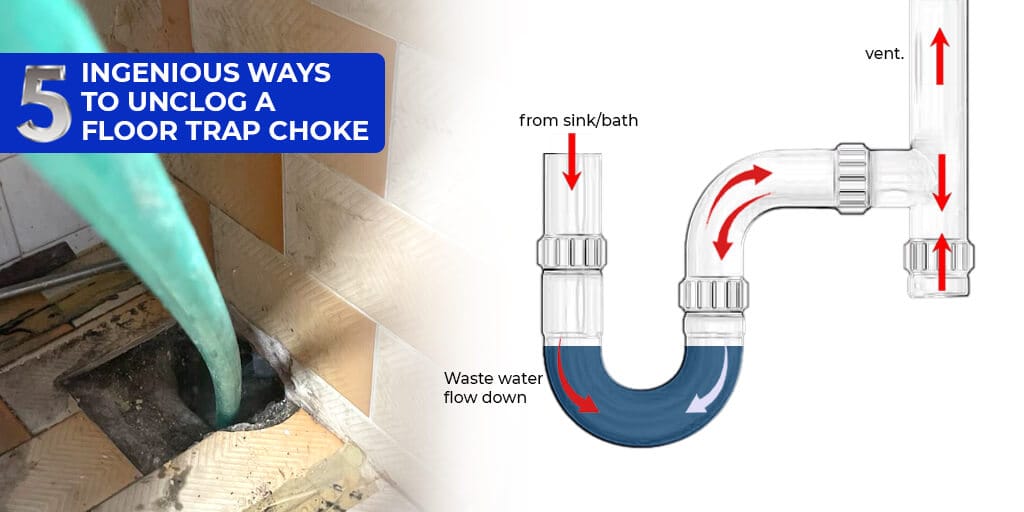Imagine you’re hosting a family gathering in your living room, only to notice unsightly cracks above your guests. This is a common problem that many Singaporeans experience due to humidity, poor installation, or simply the passage of time.
In this article, we’ll walk you through the common false ceiling problems and how you can prevent them, so you can enjoy any family gathering or party with a stylish and long-lasting ceiling in your home.
Common False Ceiling Problems
As much as false ceilings can enhance your home, they are also prone to certain issues if not carefully managed. From cracks to water damage, here’s a look at some of the most common problems people in Singapore face with false ceilings.
Common False Ceiling Problems and Their Causes
Let’s dive into each issue and understand what causes them.
1. Cracks and Structural Weakness
Cracks in your false ceiling can be a real eyesore, especially in areas like the living room or dining room. These cracks are typically caused by:
- Building movement: As buildings settle, the structure may shift, causing stress on the ceiling.
- Temperature changes: Expanding and contracting materials can lead to fractures.
- Poor installation: When materials like gypsum are not installed properly, they become more prone to cracking.
2. Water Damage and Leakages
Water damage is one of the biggest issues in false ceiling installations, particularly in areas like bathrooms, kitchens, or rooms on the top floors. This can happen due to:
- Roof leaks: If the roofing is damaged, water can seep through and affect the false ceiling.
- Faulty plumbing: Leaks from pipes above the ceiling can cause water damage.
- High humidity: Areas with high moisture levels increase the risk of water damage over time.
3. Sagging or Warping
If you’ve noticed your ceiling panels drooping or becoming warped, it’s often due to:
- Low-quality materials: Cheaper materials are more likely to bend or sag.
- Excess weight: Heavy fixtures like lighting can strain the ceiling and cause it to sag.
- Humidity: In high-humidity environments, such as Singapore’s tropical climate, moisture can cause PVC ceilings or gypsum panels to warp.
4. Mold, Mildew, and Termite Infestation
Wooden false ceilings are particularly vulnerable to termite damage, and areas with high moisture levels are prone to mold and mildew. Here’s why:
- Wooden panels attract termites, which eat through the material, weakening the ceiling.
- Mold and mildew thrive in humid conditions, especially if there’s a leak or condensation in the ceiling.
5. Peeling Paint and Discoloration
Over time, you may notice that the paint on your false ceiling starts peeling or discoloring. This is common in Singapore’s humid climate, and it can happen due to:
- High humidity: The moisture in the air can affect the paint and cause it to peel or stain.
- Poor-quality paint: Low-grade paints don’t hold up well in humid environments.
- Smoke and pollutants: Smoke from cooking or pollutants in the air can cause the ceiling to yellow over time.
How to Prevent False Ceiling Problems

Taking proactive steps can help you prevent these common problems and extend the life of your false ceiling. Here are some essential tips:
1. Choose the Right Materials
The material you select for your false ceiling plays a huge role in preventing issues. Here’s what you should consider:
- For humid areas like kitchens and bathrooms, opt for moisture-resistant gypsum boards or PVC panels.
- Choose fire-resistant materials to enhance safety.
- In Singapore’s tropical climate, metal false ceilings can provide added durability.
2. Ensure Proper Installation
Proper installation is key to preventing future problems with your false ceiling. Follow these steps:
- Hire experienced contractors to ensure alignment and structural support.
- Use quality adhesives and fixing methods to prevent sagging.
- Make sure the framework is sturdy and well-supported to avoid future issues.
3. Regular Inspection & Maintenance
Keeping an eye on your false ceiling can help identify problems early before they become major headaches. Here’s how you can maintain your ceiling:
- Inspect for cracks, leaks, or sagging at least twice a year.
- Repair minor issues promptly to avoid them worsening.
- Ensure that no water or moisture is accumulating on or above the ceiling.
4. Waterproofing and Ventilation
Singapore’s humidity can lead to mold and water damage, but you can protect your ceiling by:
- Applying waterproof coatings in areas prone to moisture, like bathrooms and kitchens.
- Ensuring proper ventilation in all rooms to prevent condensation and mold growth.
5. Avoid Overloading the Ceiling
Overloading your false ceiling can lead to sagging and other structural issues. Here’s what you can do:
- Limit the use of heavy lighting fixtures and fans.
- If you need to install heavy fixtures, make sure the support structures are reinforced.
False ceiling problems like cracks, sagging, and water damage are common in Singapore due to humidity and poor installation. Regular maintenance and choosing the right materials can help prevent these issues. If you’re planning an upgrade, explore our Modern False Ceiling Design Ideas to find durable and stylish options that suit your space.
Conclusion
A false ceiling can truly elevate the look of your living or working space, but neglecting maintenance can lead to unsightly and costly issues. Whether it’s cracks, water damage, or sagging, understanding the causes and prevention methods can help keep your ceiling in top shape.
If you’re in Singapore, you need to contact us soon for a sustainable false ceiling! Take the necessary precautions now to ensure your ceiling remains a stylish and lasting feature.
FAQ
1. What is the disadvantage of a false ceiling?
False ceilings can be prone to moisture damage, cracking, and sagging if not properly installed or maintained.
2. What are the defects of false ceilings?
Cracks, sagging, water damage, peeling paint, and mold growth.
3. Is a false ceiling hard to maintain?
With regular inspections and timely repairs, false ceilings are easy to maintain.

